
Yes, I know. You are wondering how I can always come up with such inspiring and attractive blog post titles. I am afraid it is a gift – it cannot be learned.

One of the winter feeding areas for the Red-crowned Crane had hundreds of them along with a single White-naped Crane. As I am living in a Shanghai compound as the only Western-looking person along about 2000 Chinese, I can imagine how the bird must feel.

Although it is almost the size of the Red-crowned Crane, it looked smaller to me among them. And a bit lonely. Yes, I am projecting. It would have been polite not to point it out though.

The White-naped Crane is listed as Vulnerable, with a global estimated population of about 6500 individuals. A conservation report has 3 pages solely on threats to the species – a depressing read.
The loss of wetlands in China is one of the major threats and has already led to a shift in the migration route (source). In particular, the number of cranes wintering at Poyang Lake in China decreased from about 4000 in 2000 to only about 1000 individuals 10 years later (source).

The scientific name Antigone vipio is weirdly related to both Greek mythology and to birds: “Antigone claimed that her hair was more beautiful than that of the goddess Hera. Hera, who was angered by that claim, turned Antigone’s hair into snakes. Later, another god, pitying her, turned her into a stork. Thereafter, the stork preyed on snakes.” (Wikipedia)

A White-naped Crane named Walnut just died at the Smithsonian’s National Zoo in January 2024 after reaching the amazing age of 42 years. Like many of my cats, the female bird died of renal failure.

According to the HBW, the Pelagic Cormorant is among the least social of the cormorants, which immediately makes me sympathize with the species.

The name “pelagic” is misleading as the Pelagic Cormorant usually stays close to the shore (from where all the photos here were taken too).
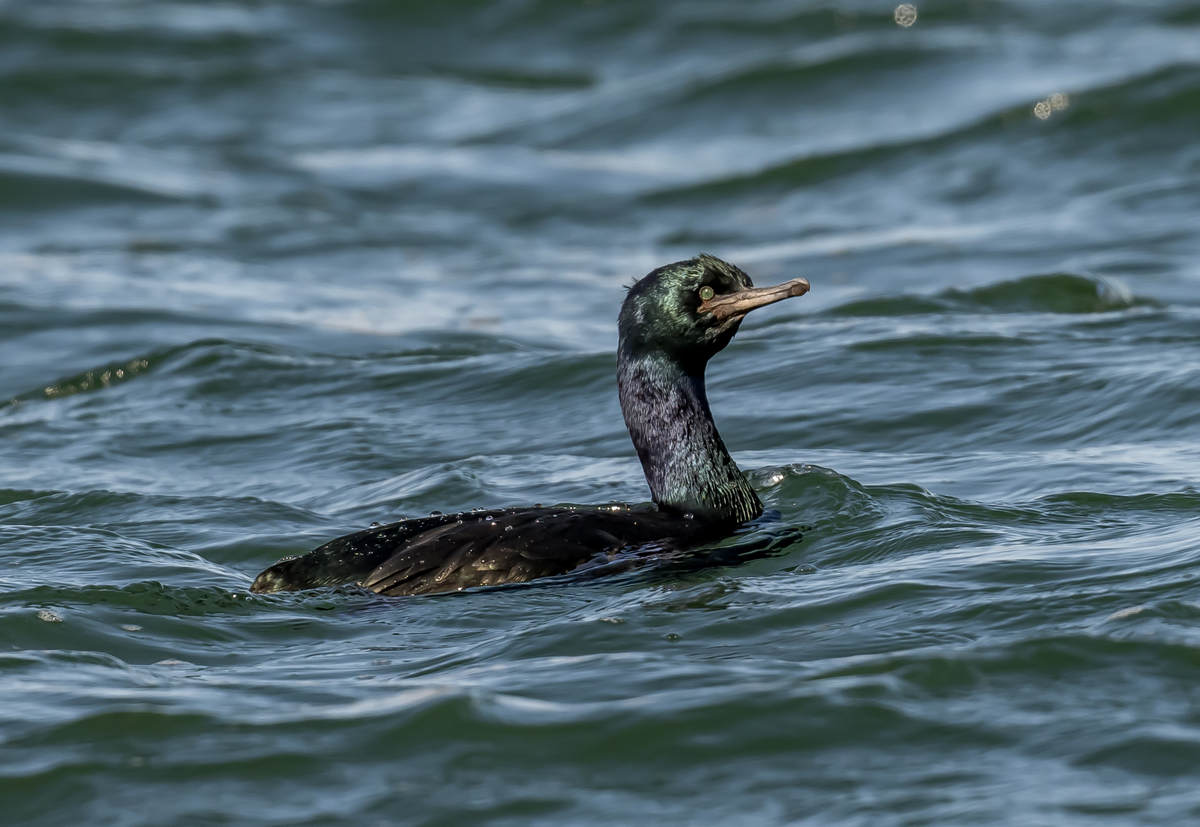
Apparently, the species is somewhat underresearched due to their habit of nesting on steep cliffs, making observation difficult: “This lack of research is due, in part, to the species’ habit of nesting on cliffs, making observation difficult” (HBW). Advice to bird species: Better nest on a university campus if you want to get better coverage.
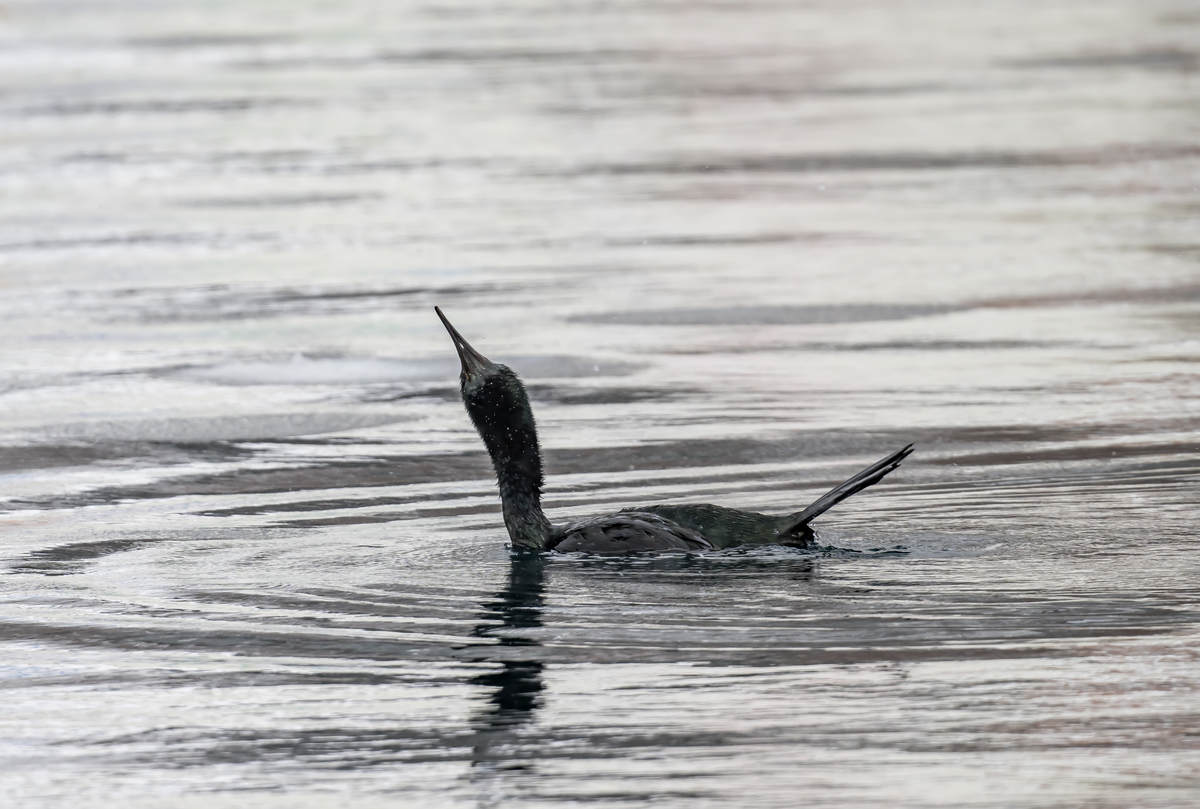
However, there is some interesting information on their behavior. When nests are attacked, parents defend it and may in the course of this defense regurgitate stomach contents (i.e., throw up). The predator then either snatches chicks or eggs from the nest or eats the regurgitant (source). A tough choice, I guess.


Given how common Slaty-backed Gulls are on Hokkaido, it was a curious experience to read an excited report by Dominic Mitchell about a rare find of the species in London.

Of course, this being a gull, there are also papers with frightening topics such as ” identification of first-cycle Slaty-backed Gulls, with particular emphasis on separation from birds in the Glaucous-winged–American Herring Gull hybrid spectrum”.
Some birding magazines (such as, yes, “Birding” magazine) seem to be aware that people like me exist. So, they introduce an article on “Vagrancy and Identification of First-cycle Slaty-backed Gulls” with the following words:

“A 9,000-word article on immature gulls! What were they thinking at Birding magazine? I can picture two responses: (1) It’s about time; and (2) No thanks.”

You can imagine what my response would be after I once described the different plumages of gulls as just a clever marketing trick of the vendors of gull costumes.

While gulls eating starfish is probably acceptable for most humans, the fact that they also feed on chicks of their own species might be frowned upon by some (source).
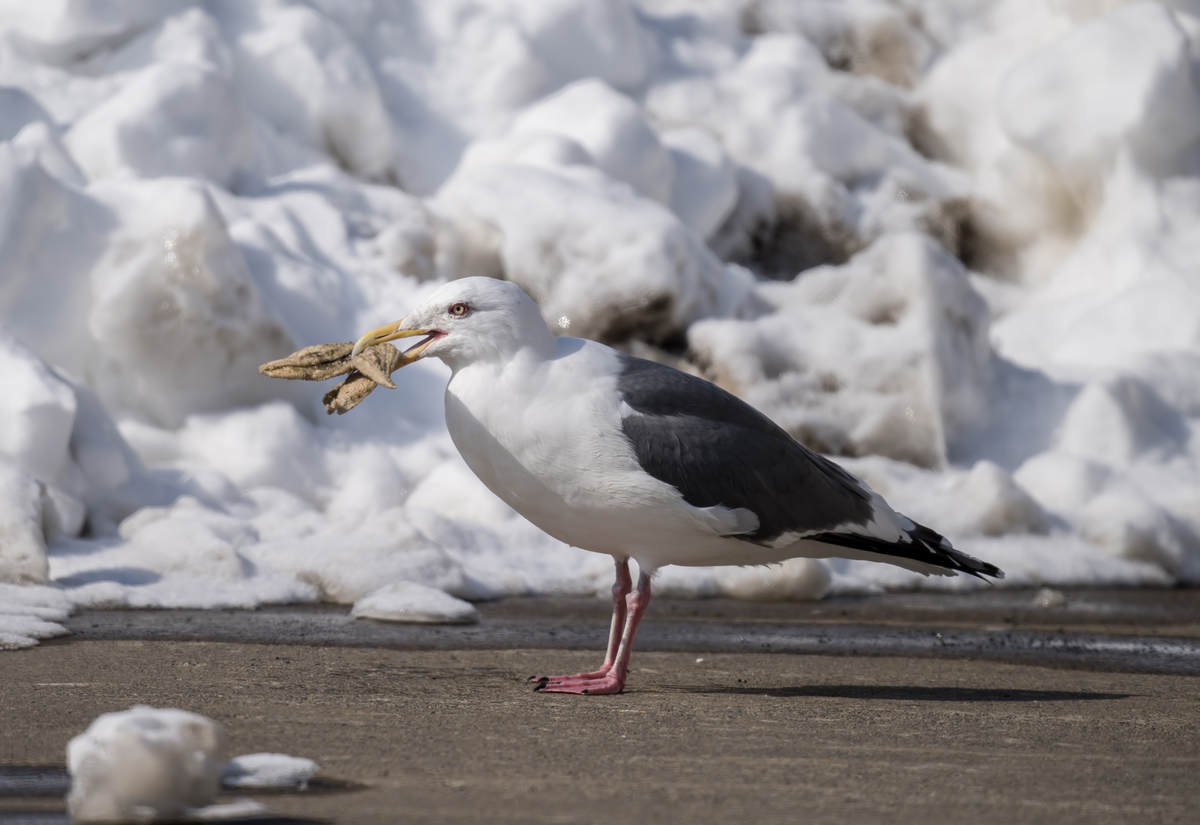
Depending on the exact location of the colony, Slaty-backed Gulls in the Hokkaido area use different primary food sources including sardines, seabird chicks, adult petrels, and chicks of their own species.

“What should we eat tonight, fish or the chicks of our neighbors?”

If you think the photo below is fascinating, you can read more here (PHOTO SALON: First Cycle Slaty-backed Gulls in Japan). I will not though. You are on your own.

The Eastern Buzzard can also be seen in Shanghai in winter …

… but given its scientific name Buteo japonicus, it is good to see it on Hokkaido, Japan.
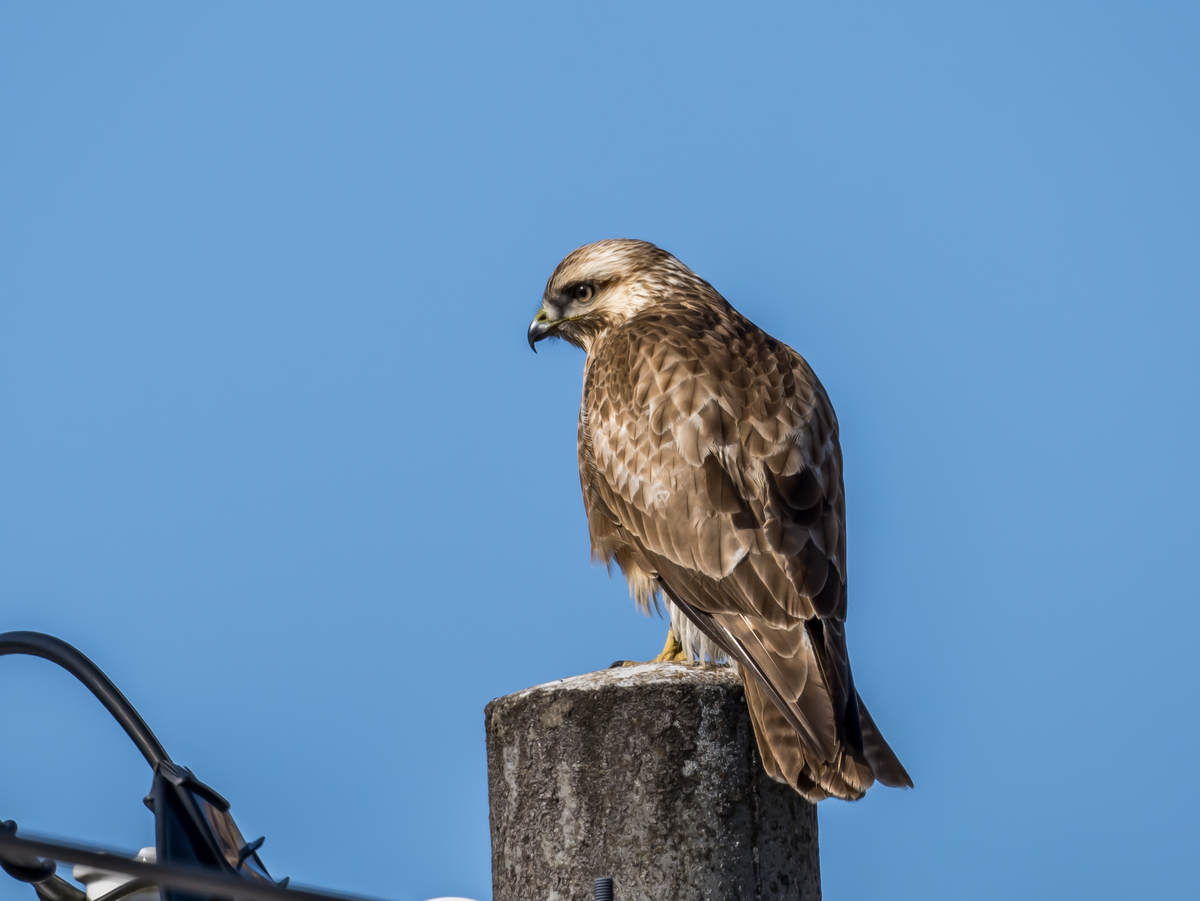
As scavengers, Black Kites can reasonably claim to be on a mission to improve the health and safety of the entire planet’s ecosystem.

Wait, I mixed that up. There is a company named Black Kite offering Third Party Risk Management Software & Solutions – and they say “We are on a mission to improve the health and safety of the entire planet’s cyber ecosystem”.

On Hokkaido, Black Kites sometimes almost seem small as they share the winter feeding sites with Steller’s Sea Eagle and White-tailed Eagle.

Well, not next to Large-billed Crows.

Black Kites frequently use garbage dumps as food sources – however, migrant and non-breeding kites use this food source far more regularly than breeding pairs, which prefer to hunt in the wild, at least according to this research. I can understand that – I would not take my wife to a garbage dump for dinner either.

Eating at a garbage dump still seems preferable to cannibalism, which Black Kites have also been reported to resort to.

Female Ural Owls can be quite fierce in defending their nests. They aim to attack intruders from behind with quite a substantial force – apparently, a colloquial Swedish name for the species is Slaguggla or “attacking owl” (source: HBW).

Interestingly, one study found that female Ural Owls defending their nest more aggressively have more surviving offspring. That – falsely – made me think of the book “Battle Hymn of the Tiger Mom”, even though I never read it and being a tiger mom essentially means being strict with your kids rather than aggressive toward aggressors.

Fortunately for the owls and for birdwatchers, some Hokkaido Ural Owls seem to be quite used to visitors – in fact, some known roosting sites seem to be almost tourist attractions, and this does not seem to disturb the owls.

Ural Owl pairs without suitable cavities in their territories breed less frequently (they then use stick nests, but that apparently is a bit like living in a tent rather than a proper apartment, and who wants to raise kids in a tent?).

Ural Owls are monogamous and usually pair for life – the divorce rate is below 3%.

For comparison, ChatGPT tells me that the Maldives are the country with the highest divorce rate (about 50%) and Sri Lanka has the lowest (about 2%). So, much more Sri Lanka than the Maldives. And these photos certainly look fairly harmonious …

Can a post on “other” birds still have an “other” section? Yes, it can, if the “other” is such an attractive animal as the fox. The honorary feline in the canine family, and for a person who is owned by multiple cats, this is quite a compliment.












All photos shown in this post were taken at various locations in eastern Hokkaido in February 2024. For details of locations and dates, please refer to my website of bird photos.







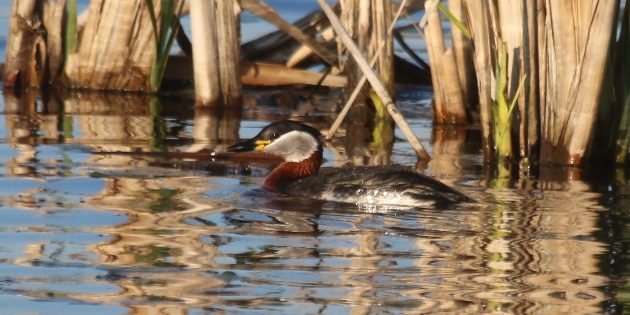





I’m not a fox enthusiast, but those are great pictures of foxes…